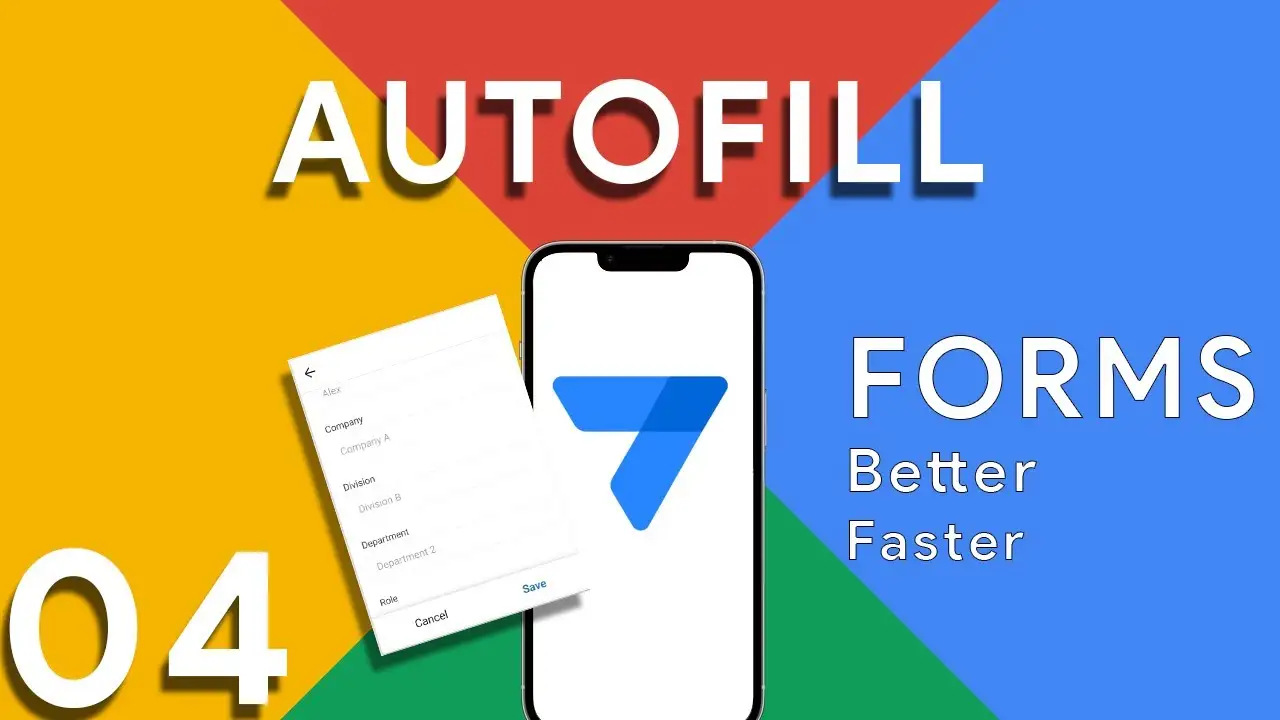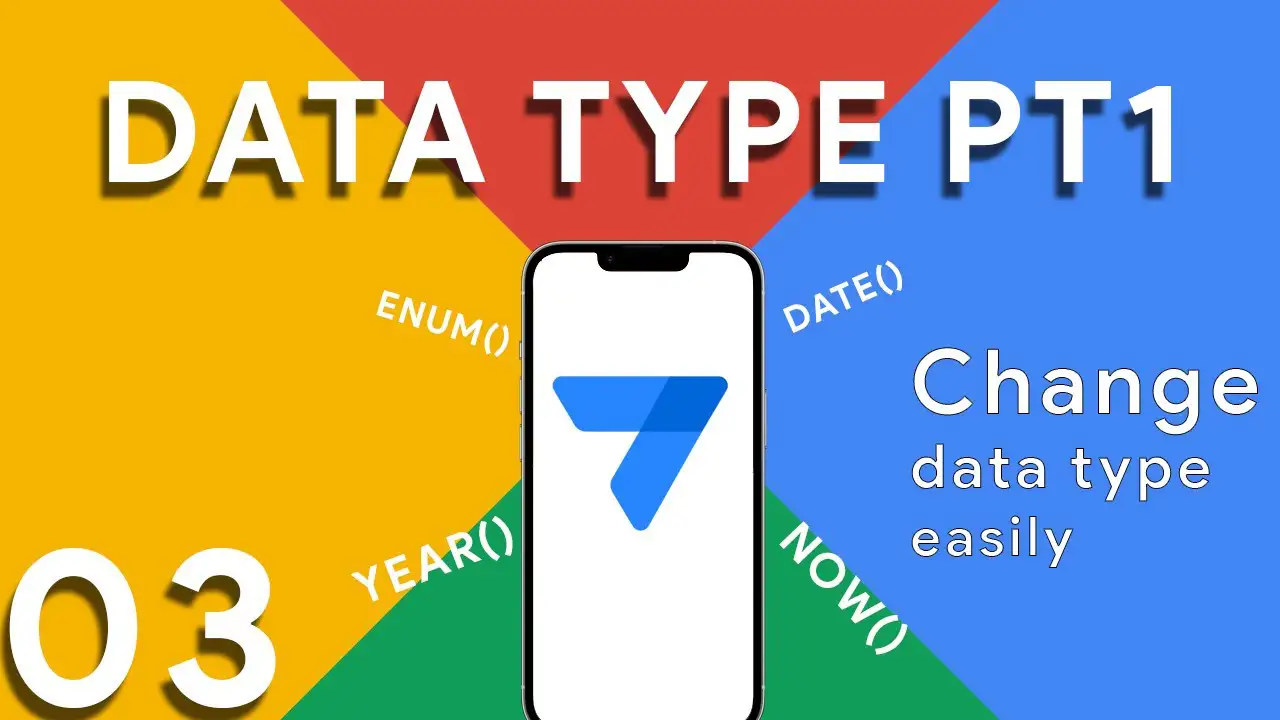How to calculate age
Age calculation is a common requirement in many AppSheet applications, whether you're building a dating app, a healthcare app, or simply need to track important milestones. AppSheet provides a straightforward way to calculate age using custom expressions. In this blog post, we'll walk you through the process of calculating a person's age in AppSheet using a simple and efficient formula. Age Calculation Formula in AppSheet The age calculation formula in AppSheet combines date and time functions to accurately determine a person's age in years and months. Here's the formula: FLOOR(HOUR(TODAY() - [DOB]) / 365
Custom Menu
In the world of app development, user experience is paramount. AppSheet empowers professionals and app creators to craft seamless and user-friendly interfaces. One effective way to enhance navigation and user interaction is by creating custom menus. In this detailed blog post, we will explore how to design custom menus in AppSheet, with a focus on creating gallery views that link to other views using the LINKTOVIEW() function. Unleashing Custom Menus in AppSheet Custom menus in AppSheet are dynamic and interactive features that enable users to navigate between views, access specific content, and perform actions with
How to do Countdown
Countdowns are powerful tools for tracking time, whether it's for event management, project deadlines, or any other time-sensitive tasks. AppSheet allows you to create dynamic countdowns using virtual columns that convert dates to hours and calculate the remaining time. In this detailed blog post, we will explore how to implement countdowns in AppSheet, equipping you with the knowledge to add this valuable feature to your apps. Countdowns Made Simple with AppSheet AppSheet's countdown feature leverages virtual columns, which are calculated columns that can perform various operations on your data. By converting dates to hours and
Data Slice
Data management is at the heart of app development, and AppSheet excels in providing powerful tools for handling data. One such tool is the Data Slice feature, a versatile functionality that allows professionals and app creators to control, segment, and optimize their data effectively. In this in-depth blog post, we will explore the intricacies of Data Slices in AppSheet, equipping you with the knowledge to harness this feature for efficient data management. Demystifying AppSheet Data Slices Data Slices in AppSheet serve as virtual tables or views that allow you to interact with subsets of your
Dashboarding Basics
Dashboards are the command centers of modern app development, providing a visual representation of your data and insights at a glance. AppSheet excels in dashboard creation, allowing professionals and app creators to build powerful, data-driven interfaces. In this in-depth blog post, we will explore the fundamentals of AppSheet dashboarding, equipping you with the knowledge to craft informative and visually appealing dashboards. Unlocking the Power of AppSheet Dashboards AppSheet dashboards serve as consolidated views of data from multiple sources, offering a holistic perspective on your app's information. With these dashboards, you can: Gain insights from data.
Conditional Formatting
Data presentation is a critical aspect of app development, and AppSheet excels in this arena with its Conditional Formatting feature. In this comprehensive blog post, we'll delve deep into the art of AppSheet Conditional Formatting using colors, exploring how to visually represent your data for better insights. This guide is designed for professionals and app creators seeking to harness the full potential of data visualization in their AppSheet applications. The Power of AppSheet Conditional Formatting Conditional Formatting with colors is a powerful tool that allows you to highlight, emphasize, and differentiate data within your app
In-App Buttons
In the world of app development, interactivity is key. AppSheet offers an array of powerful features, and one of the most versatile is the ability to use buttons and actions to manipulate data within your app. In this blog post, we'll delve into how AppSheet's buttons and actions can empower you to take control of your app's data and enhance user experience. Why Use Buttons and Actions in AppSheet? Buttons and actions in AppSheet provide a means to trigger specific actions or functions within your app, making it more dynamic and user-friendly. With these tools,
Autofill Forms
Efficient data entry is the backbone of any successful app, and AppSheet excels in simplifying this process through its Autofill Forms feature. In this blog post, we'll explore how you can harness the power of valid_if expressions to create Autofill Forms in AppSheet. By taking data from another table, you can streamline data entry, improve accuracy, and enhance the overall user experience. Why Use Autofill Forms with valid_if in AppSheet? Manual data entry can be time-consuming and prone to errors. Autofill Forms with valid_if expressions in AppSheet can significantly enhance the data entry process by
Data Types in Appsheet
Data is at the core of every app, and understanding data types is crucial for creating efficient and effective apps. AppSheet, a versatile no-code platform, offers a variety of data types to help you build powerful applications. In this blog post, we'll delve into AppSheet data types, exploring their significance and how to use them in your app development journey. Why Data Types Matter Data types play a fundamental role in structuring and managing information within your app. They define how data is stored, displayed, and processed. AppSheet offers a range of data types, each
Regenerate Appsheet Structure
Before diving into the "how," let's briefly discuss the "why." Regenerating structure in AppSheet serves several crucial purposes: Adapting to Changes: As your business grows or changes, so do your data needs. Regenerating structure allows you to update your app's data model to accommodate these changes. Performance Optimization: It helps in optimizing app performance by reorganizing data structures and queries, ensuring efficient data retrieval. Data Consistency: Regenerating structure helps maintain data integrity and consistency throughout your app. Synchronization: It ensures that data stays synchronized between different data sources. Now, let's dive into the steps











